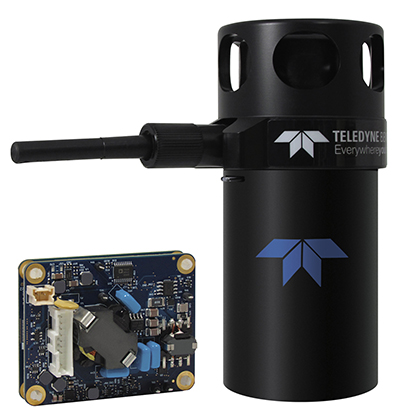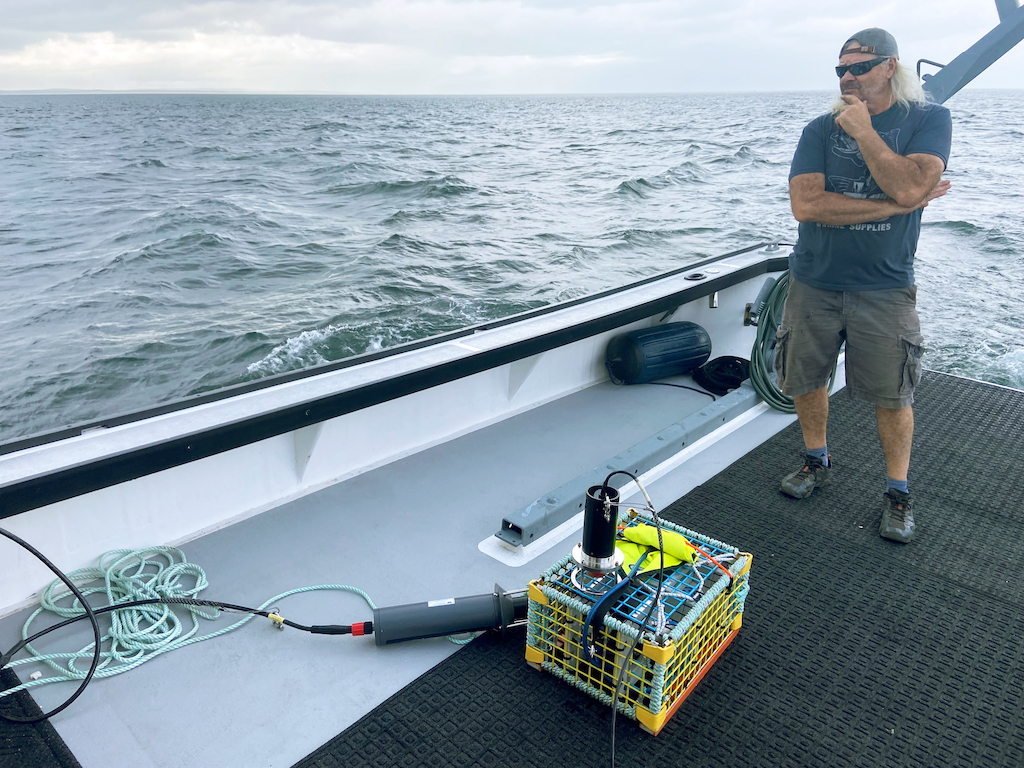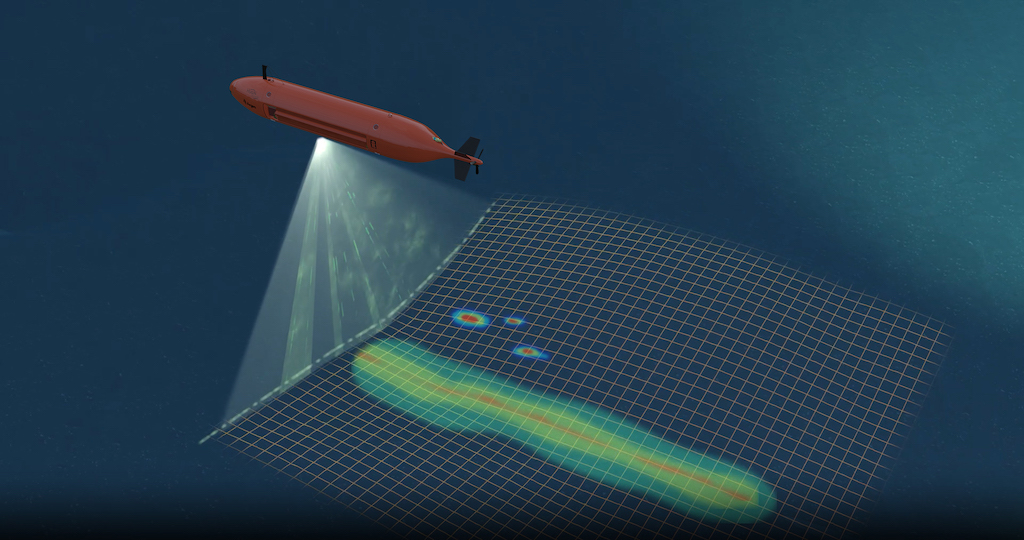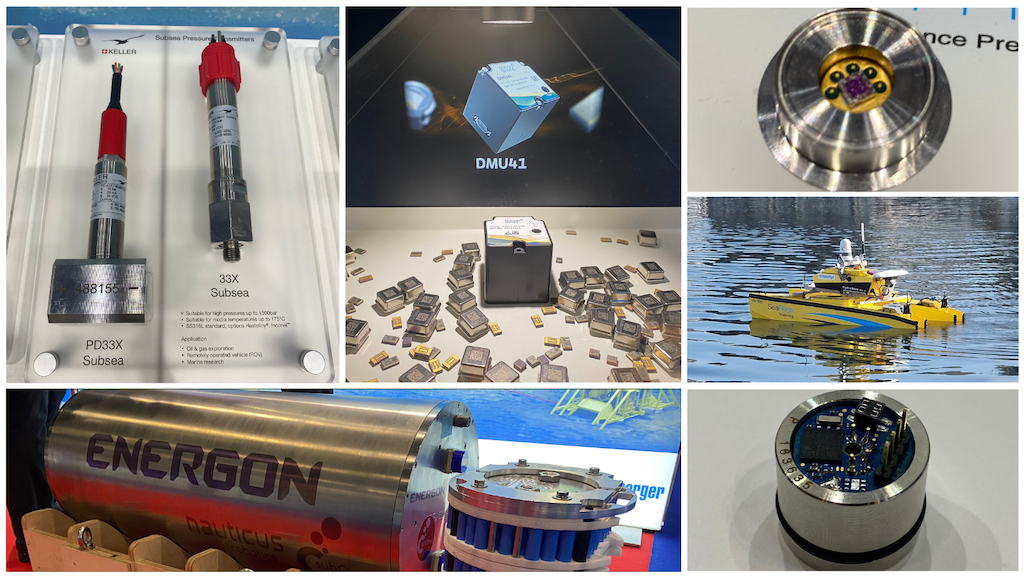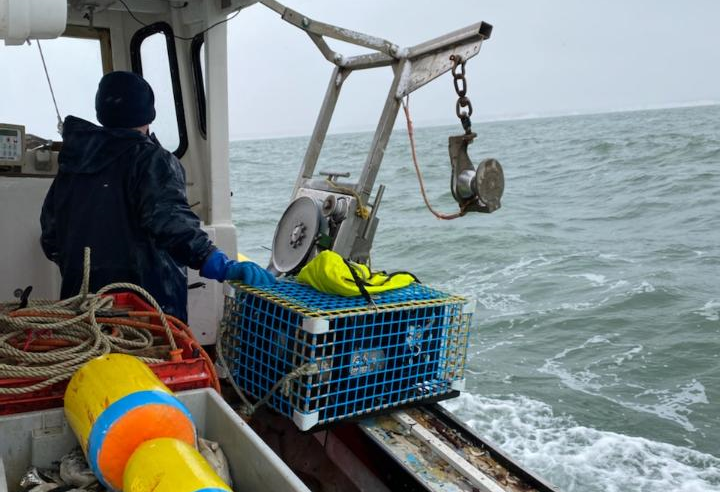Suppliers
Add your company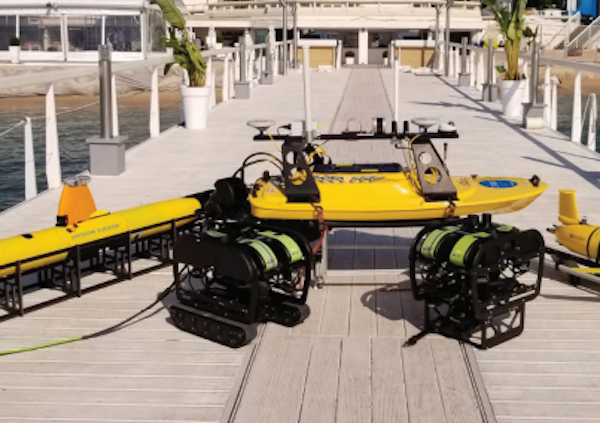
High-Performance Instruments, Sensors & Technologies for Exploring & Monitoring Subsea Environments
If you design, build or supply Underwater Acoustic Modems, create a profile to showcase your capabilities on this page
Underwater Acoustic Modems
Acoustic modems form a critical element of subsea communication networks, enabling the reliable exchange of data across underwater environments where traditional radio frequency or optical solutions fail. These specialized transceivers convert digital information into sound waves, capitalizing on acoustic propagation to transmit and receive signals through water, even in dynamic and high-pressure marine conditions.
Engineering Challenges in Underwater Signal Transmission
Engineered to accommodate a wide range of operational depths and data throughput requirements, underwater acoustic modems are essential in marine research, subsea infrastructure monitoring, autonomous vehicle coordination, and offshore defense systems. Their design must account for the complex acoustic landscape of the ocean, where signal attenuation, multipath effects, Doppler shifts, and ambient noise vary dramatically based on salinity, temperature, depth, and surface conditions.
Adaptive Communication for Diverse Marine Missions
Modern acoustic modems for underwater communication integrate advanced signal processing algorithms and adaptive modulation techniques to ensure robust connectivity across variable distances—ranging from a few meters in shallow deployments to tens of kilometers in deep-sea missions. Many units support both point-to-point and networked configurations, enabling mesh-style data links among remotely operated vehicles (ROVs), autonomous underwater vehicles (AUVs), unmanned surface vessels (USVs), and fixed seabed instruments.
Modular Designs and Frequency Optimization for Subsea Use
Subsea acoustic modem platforms are frequently modular, supporting interchangeable transducers and customizable frequency bands to suit specific mission profiles. High-frequency models offer superior data rates for short-range transmissions, ideal for scientific data retrieval and real-time control, while low-frequency systems extend reach, maintaining low-bit-rate telemetry over vast underwater expanses—critical for long-duration oceanographic deployments or covert naval operations.
Ruggedized Housings for Harsh Ocean Environments
Durability is a critical factor in these devices. Housed in pressure-rated enclosures made from materials such as titanium or high-grade polymers, acoustic modems must withstand corrosive saltwater exposure, biofouling, and intense hydrostatic forces. Environmental resilience is further enhanced by embedded diagnostics and self-monitoring systems that alert operators to alignment drift, hardware degradation, or synchronization loss.
Defense and Civilian Applications of Subsea Acoustic Modems
In the defense and security domain, acoustic modem technology supports silent communication for submarine fleets, diver tracking, underwater surveillance networks, and mine countermeasure systems. These systems must often function in contested or cluttered acoustic spaces where stealth, low probability of intercept, and frequency agility are essential. For civilian applications, subsea acoustic modems are central to data harvesting from sensor arrays monitoring seismic activity, climate change, or pollution levels. They also support real-time telemetry in offshore energy operations, enabling engineers to maintain safe and efficient subsea production from distant control centers.
Next-Generation Hybrid and AI-Driven Acoustic Modems
Leading-edge developments in this field are pushing boundaries with hybrid modems that incorporate optical and acoustic pathways, offering flexible bandwidth utilization in hybrid network topologies. Integration with AI-driven control systems also enhances modem decision-making in autonomous missions, optimizing power usage, routing, and channel selection in response to environmental feedback.
From high-fidelity data streaming in coastal waters to long-haul communication across abyssal plains, acoustic modem technology remains indispensable to the advancement of underwater connectivity. This category showcases a wide range of subsea acoustic modem solutions engineered to meet the stringent demands of marine science, offshore industry, and defense-grade subsea operations.






